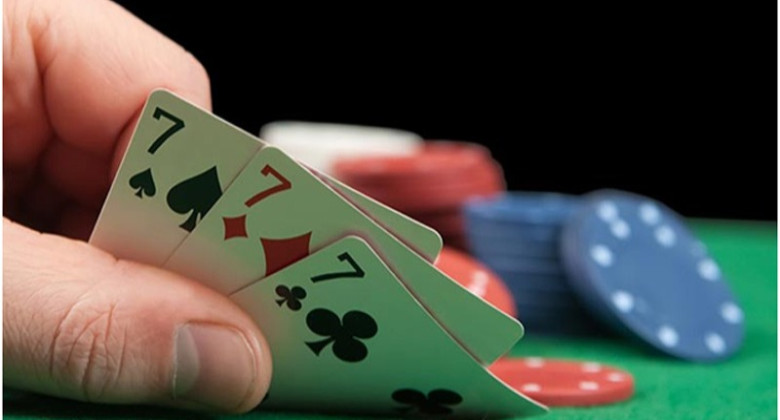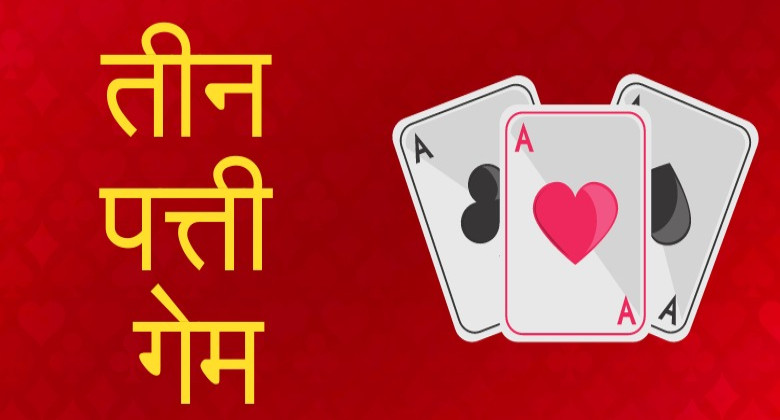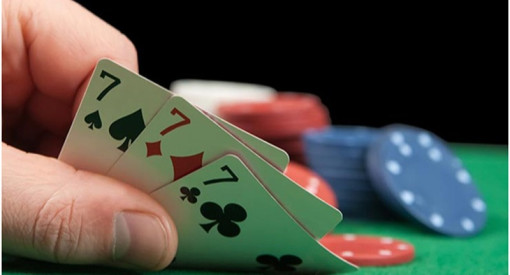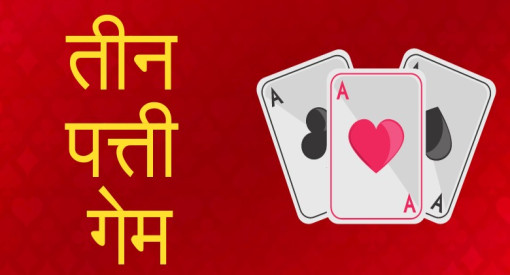
Types of Cards in a Standard Deck
Standard Deck Playing Card Games
A deck of playing cards, a seeming set of small, rectangular pieces of cardboard, has been a source of entertainment for centuries. Whether you’re indulging in a high-stakes poker game, passing the time with solitaire, or showing off your card skills, the deck you use remains fundamentally the same. But have you ever stopped to ponder the intricate design, symbolism, and history associated with each card type in the deck? Let’s dig deeper into the makeup and types of playing cards.
5 Basics for Types of Playing Cards
A standard deck contains 52 cards divided into four suits: Hearts, Diamonds, Clubs, and Spades. Each suit has thirteen ranks: numbers two through ten, and the face cards – Jack, Queen, King, and Ace.
- Suits
- The Royal Face Cards
- Numbered Cards: Two to Ten
- The Singular Ace
- Joker Card
1. Suits: The Heart of the Deck
Hearts and Diamonds: These are the two red suits. The heart symbol, associated with love and emotion, has a rich history and is believed to have originated from the ancient Greek and Roman custom of using heart shapes as decorative motifs. Diamonds, signifying wealth and luxury, represent the sharpness of a double-edged sword, hinting at the challenges and conflicts that come with opulence.
Also Read About:- Hearts Card Game
Clubs and Spades: Both are black suits. Clubs, represented by a three-leafed clover, might be associated with growth and agriculture. The spade, resembling a spearhead, is thought to symbolize the military – an emblem of power and death.
2. The Royal Face Cards
King: As the highest-ranking face card, the King represents authority and power. Each King in a deck has a distinct appearance, with the King of Hearts often referred to as the "suicide king" because of the way he holds his sword behind his head.
Queen: The Queen, a symbol of femininity and power, has her own distinct aura. She represents intuition, sensitivity, and calm. The Queen of Spades, for example, is sometimes called the "bedpost queen," owing to the shape of the object in her hand.
Jack: A lively character, Jack is seen as a representative of youthfulness and creativity. He can also be perceived as a symbol of transformation, transitioning from the numbered cards to the powerful face cards.
3. Numbered Cards: Two to Ten
The numbered cards, often associated with our daily lives and experiences, hold their face value. For card games, they play pivotal roles, often determining the game's outcome based on their numeric worth.
4. The Singular Ace
The Ace is an intriguing card that holds duality. In many games, it can either be the highest or the lowest card. Historically, the Ace of Spades bore a tax stamp in England, marking a deck's legitimacy. Its unique design has made it a card of significance, sometimes adorned with intricate designs and logos by card manufacturers.
5. Special Mentions: Joker Card
Though not always used in card games, a standard deck often comes with one or two Joker cards. With their colorful and whimsical designs, Jokers can play special roles, depending on the game, especially in rummy. In rummy there are two types of jokers, Printed joker and Wild Jokers. Joker’s origins are believed to be rooted in the American version of Euchre card game, where they functioned as the highest trump card.
The Symbolism and Cultural Impact of Cards
Over the centuries, types of playing cards have been interpreted in various ways. Some see deep esoteric meanings, drawing parallels with tarot cards. Others perceive the four suits as representations of the four seasons or the four pillars of human existence: heart/emotion, diamond/wealth, club/education, and spade/military.
Furthermore, all types of playing cards have influenced literature, music, and art. Expressions like "Ace up one's sleeve" or "Queen of Hearts" have found their way into everyday language, underscoring the cultural importance of these cards.
Types of Card in a Deck Conclusion
A deck of cards, while seemingly simple, is rich in history, symbolism, and cultural significance. From the elegance of the face cards to the straightforward nature of the numbers, every card has a story and a purpose. Whether you're a casual player, a card enthusiast, or someone fascinated by history and symbolism, understanding the types of cards in a deck offers a deeper appreciation of this timeless tool of amusement.
Types of Cards in a Deck FAQs
What are all the types of cards in a deck of 52?
A standard deck of 52 cards is divided into four suits, each containing 13 ranks. The four suits are hearts, diamonds, clubs, and spades. Hearts and diamonds are red, while clubs and spades are black. Each suit contains one card of each rank: Ace, 2, 3, 4, 5, 6, 7, 8, 9, 10, Jack, Queen, and King. Additionally, there are also two joker cards, but they are not always used in all games.
What is a standard deck used for playing card games?
A standard deck of cards, commonly consisting of 52 cards, is used for a wide variety of card games, each with its own set of rules. The standard deck is incredibly versatile and is used for games ranging from simple ones to complex ones.
How many diamonds are in a deck of cards?
Since each suit has 13 cards, there are 13 diamond cards in a suit (total 4 suits) in a standard deck of 52 cards.
Which is the highest card by suits?
Spade is considered as the highest card by suits, and club as the lowest card.
How many aces are there in 52 cards?
In a standard deck of 52 cards, there are four aces, one in each suit: hearts, diamonds, clubs, and spades.
Related Post
-
 Teen Patti - What is Teen Patti Game & How to Play 3 Patti Online
Teen Patti - What is Teen Patti Game & How to Play 3 Patti Online
-
 How to Download the Junglee Rummy App on Your Mobile Phone
How to Download the Junglee Rummy App on Your Mobile Phone
-
 तीन पत्ती (Teen Patti/3Patti) - तीन पत्ती गेम क्या है और कैसे खेलें
तीन पत्ती (Teen Patti/3Patti) - तीन पत्ती गेम क्या है और कैसे खेलें
-
 13 Best Paisa Kamane Wale Games (पैसा कमाने वाले गेम्स) और रियल कैश जीतें
13 Best Paisa Kamane Wale Games (पैसा कमाने वाले गेम्स) और रियल कैश जीतें
-
 Online Game Cash Withdrawal and Instant UPI Withdrawal Games
Online Game Cash Withdrawal and Instant UPI Withdrawal Games









-17213832177155.png?v=1721383218)
